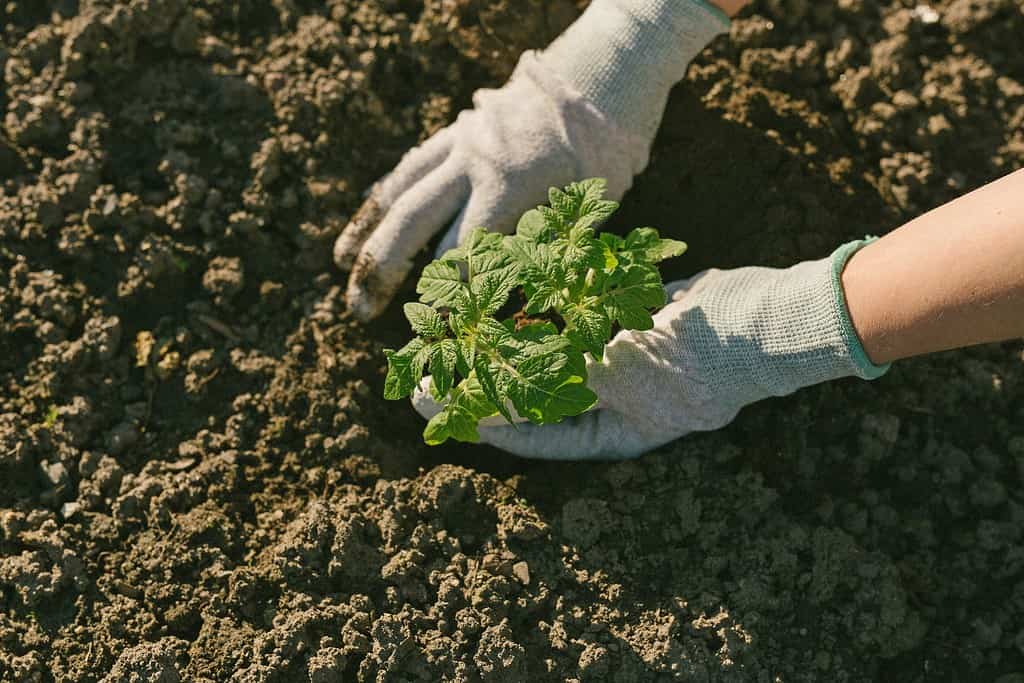For burials there are plots, and for cremation there’s a retort. For human composting there’s a vessel.
Human composting, a common term used for the scientific process known as natural organic reduction (NOR), is one of the latest forms of disposition being used in the U.S. Very little is known about how the NOR process actually works, which is why there are a lot of misconceptions.
What people envision a lot of the time isn’t actually how a NOR vessel works. It’s much more tranquil and less icky than what most people think. Below is a thorough explanation of what a human composting vessel is, what it does and how it works to turn a body into nutrient-rich soil.
How a Human Composting Vessel is Constructed
When people hear the term human composting vessel they are most likely imagining something along the lines of a normal composter. Something like a big plastic bin. Or worse, they liken it to a compost mound.
Human composting vessels actually look and function much like the sliding cabinets in a morgue or the drawers of a columbarium. And because many facilities are set up to accommodate family members and other visitors, the exterior of the vessels are usually attractive. Even if the family chooses to have a laying-in ceremony at the facility, you don’t see what’s happening inside once the door is sealed shut.
Stainless Steel Construction
Natural organic reduction vessels are made of stainless steel. Stainless steel has a lot of properties that make it ideal for being a NOR vessel. For one, it’s resistant to corrosion. It’s also very durable. These are the same reasons why stainless steel is used in medical devices.
Cradle
The cradle is a shallow container where the body lies during natural organic reduction. It has sides all around to contain the plant mixture that’s added in with the body and ultimately the soil that will be created.
Dimensions
The NOR vessel must be wide enough and long enough for the cradle. The dimensions of the vessel are roughly the size of a casket – 8’ long by 4’ wide. It’s ample room for the cradle to be moved in and out while accommodating most body sizes.
Door
The vessel door is designed to seal shut, which is necessary for the carefully-controlled natural organic reduction process to happen. The door must also allow the cradle to easily slide in and out of the inner portion of the vessel.
Rotation Mechanisms
Human composting vessels can be engineered so that they rotate. This aids in the decomposition process by improving oxygenation.
Thermometer
A thermometer must be installed to gauge how hot it is inside the vessel and ensure it reaches the correct temperature. The temperature must then be monitored for a period to make sure that it stays elevated.
What Happens Inside the NOR Vessel
Inside the NOR vessel the body’s biological matter will be broken down just as it would if the body were to be buried. The process has been compared to how natural organic matter breaks down on the forest floor. The big difference is NOR is a controlled process that is much quicker. Instead of it taking years, the body is transformed into soil over 2-3 months. This is all possible because of aerobic microbes.
Plant/Microbe Mixture
The NOR vessel doesn’t do the work on its own. The real work is done by microbes that are in a mixture of alfalfa, straw, wood chips and plant matter. These microbes are naturally occurring and completely safe. The plant and microbe mixture is put into the cradle. The body is covered in a cotton shroud and is placed on the mixture. Plant material will also be placed on top of the body once it’s inside the cradle.
Temperature Monitoring
The temperature inside the human composting vessel will increase to over 130 degrees Fahrenheit for at least three days. The heat is generated by the microbes inside. Facility personnel will monitor the temperature inside throughout the process.
Oxygenation and Rotation
The advantage of natural organic reduction is that it’s relatively quick compared to the alternative of green burial in terms of giving back to the environment. The microbes are very efficient, but oxygen is also pumped into the vessel to energize the microbe activity. The other benefit is oxygen helps aerobic microbes thrive and keeps anaerobic microbes in check. Something that can be done to help encourage the decomposition process is rotating the vessel. Rotating it helps improve oxygenation.
What Happens to Vessels After the Composting is Complete
Just as with a water cremation vessel, the NOR vessel is going to be used over and over. To do that safely NOR facilities have to follow strict regulations for cleaning and maintaining vessels. Although natural organic reduction has been found to be completely safe, there is the potential for pathogens to remain behind in the NOR vessel.
Once all the organic matter has broken down, the soil will be moved over to a curing bin for the final stage of the process. At this point the vessel is emptied and sanitized.
Natural organic reduction is essentially a high-tech version of how bodies, animals and plant material have naturally decomposed for thousands of years. The key difference is that it happens in a human composting vessel rather than the ground.
The whole process was actually created to be inviting for loved ones. It’s far from a clinical procedure or impersonal food composting. The vessels are in peaceful environments and may even be situated so that loved ones can come by and sit for a while or decorate the outside of the vessel. It’s not that dissimilar from sitting at a gravesite where a loved one has been laid to rest.
Cremation.Green now offers natural organic reduction services for families in Texas that prefer funeral services with a minimal impact. We can answer your questions about the NOR process or provide a custom quote.






